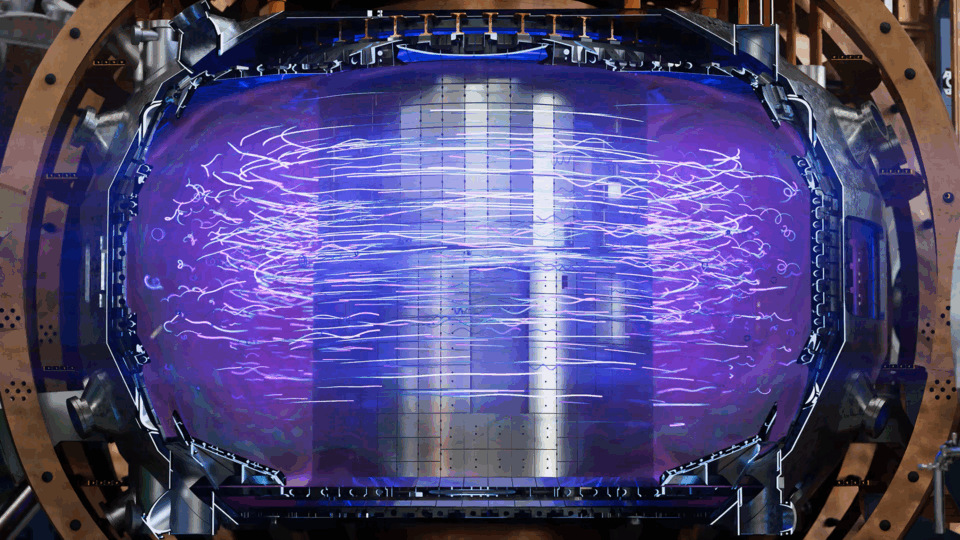
The race to bottle a star now runs on AI. NVIDIA, General Atomics and a team of international… Read Article

The race to bottle a star now runs on AI. NVIDIA, General Atomics and a team of international… Read Article
The future of AI took flight at Starbase, Texas — where NVIDIA CEO Jensen Huang hand-delivered the first DGX Spark to Elon Musk, chief engineer at SpaceX. Amid towering engines… Read Article
NVIDIA Blackwell swept the new SemiAnalysis InferenceMAX v1 benchmarks, delivering the highest performance and best overall efficiency. InferenceMax v1 is the first independent benchmark to measure total cost of compute… Read Article
Microsoft Azure today announced the new NDv6 GB300 VM series, delivering the industry’s first supercomputing-scale production cluster of NVIDIA GB300 NVL72 systems, purpose-built for OpenAI’s most demanding AI inference workloads…. Read Article
The Jülich Supercomputing Centre’s JUPITER — Europe’s first exascale supercomputer — is officially live…. Read Article
Japan is once again building a landmark high-performance computing system — not simply by chasing speed, but by rethinking how technology can best serve the nation’s most urgent scientific needs…. Read Article
The University of Bristol’s Isambard-AI, powered by NVIDIA Grace Hopper Superchips, delivers 21 exaflops of AI performance, making it the fastest system in the U.K. and among the most energy-efficient… Read Article
At GTC Paris — held alongside VivaTech, Europe’s largest tech event — NVIDIA founder and CEO Jensen Huang delivered a clear message: Europe isn’t just adopting AI — it’s building… Read Article
AI supercomputing is accelerating the development of new quantum applications, driving breakthroughs in critical industries such as aerospace, automotive and manufacturing. Underscoring that opportunity, Ansys announced today it is using… Read Article